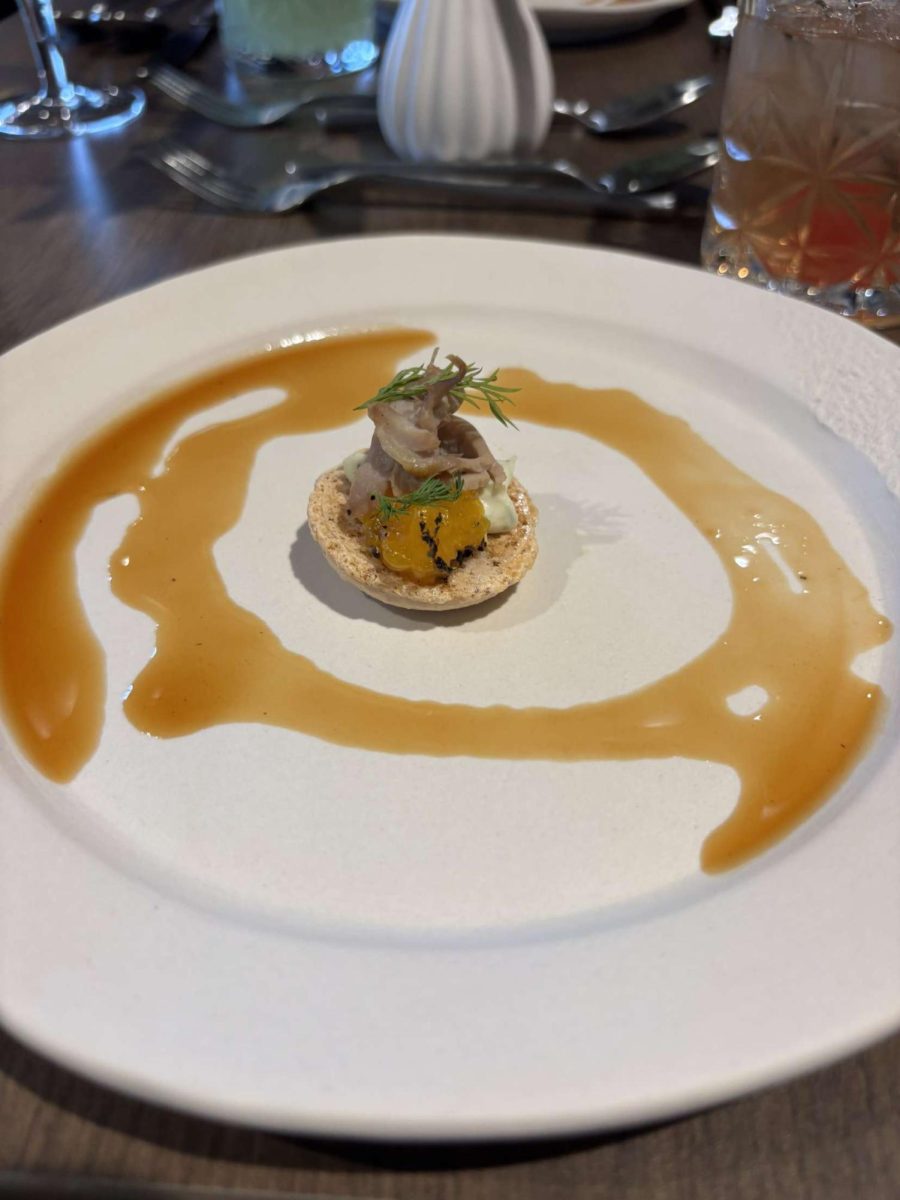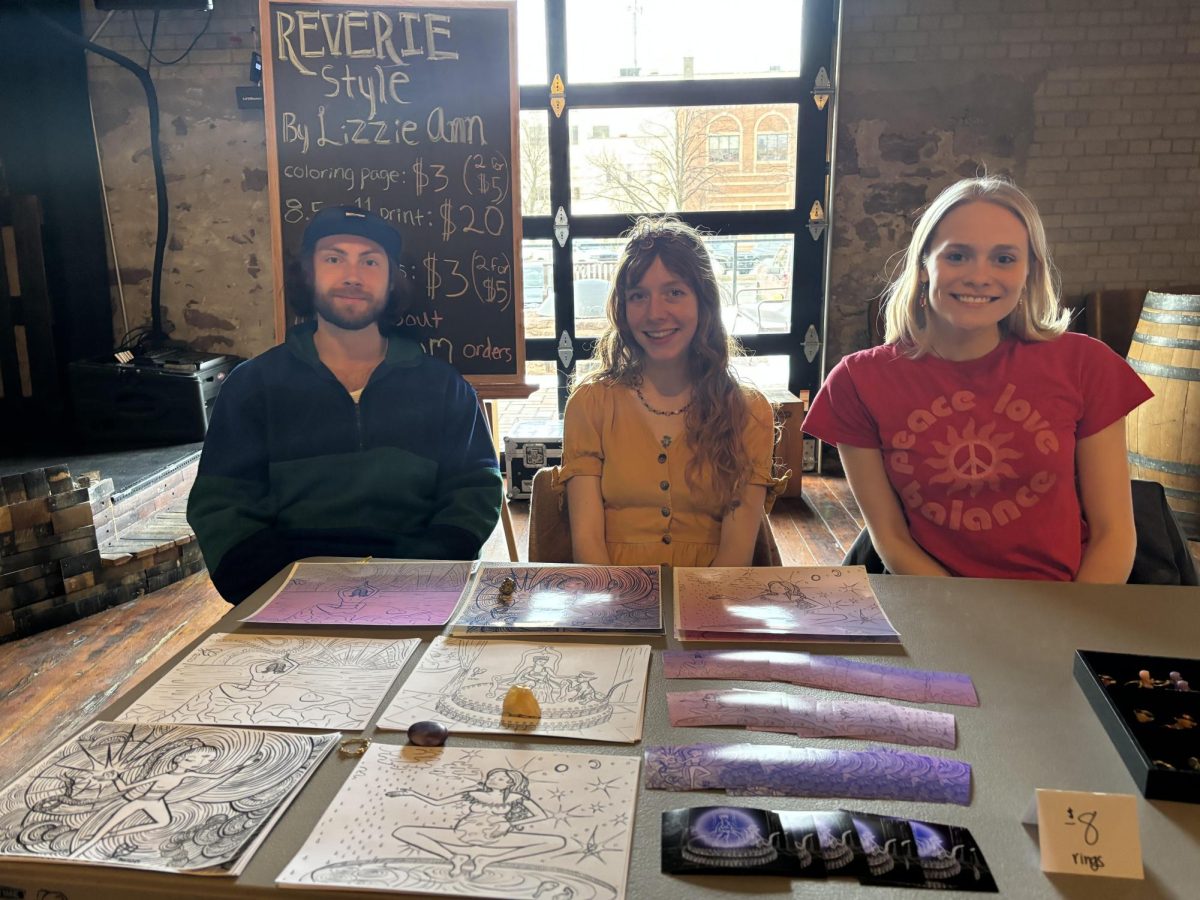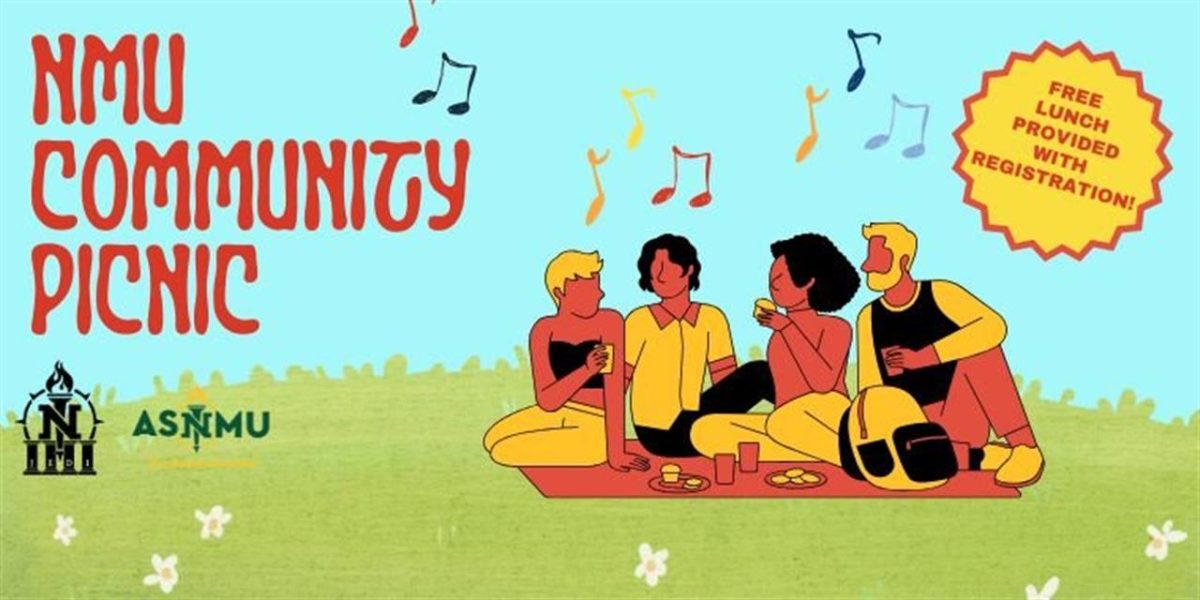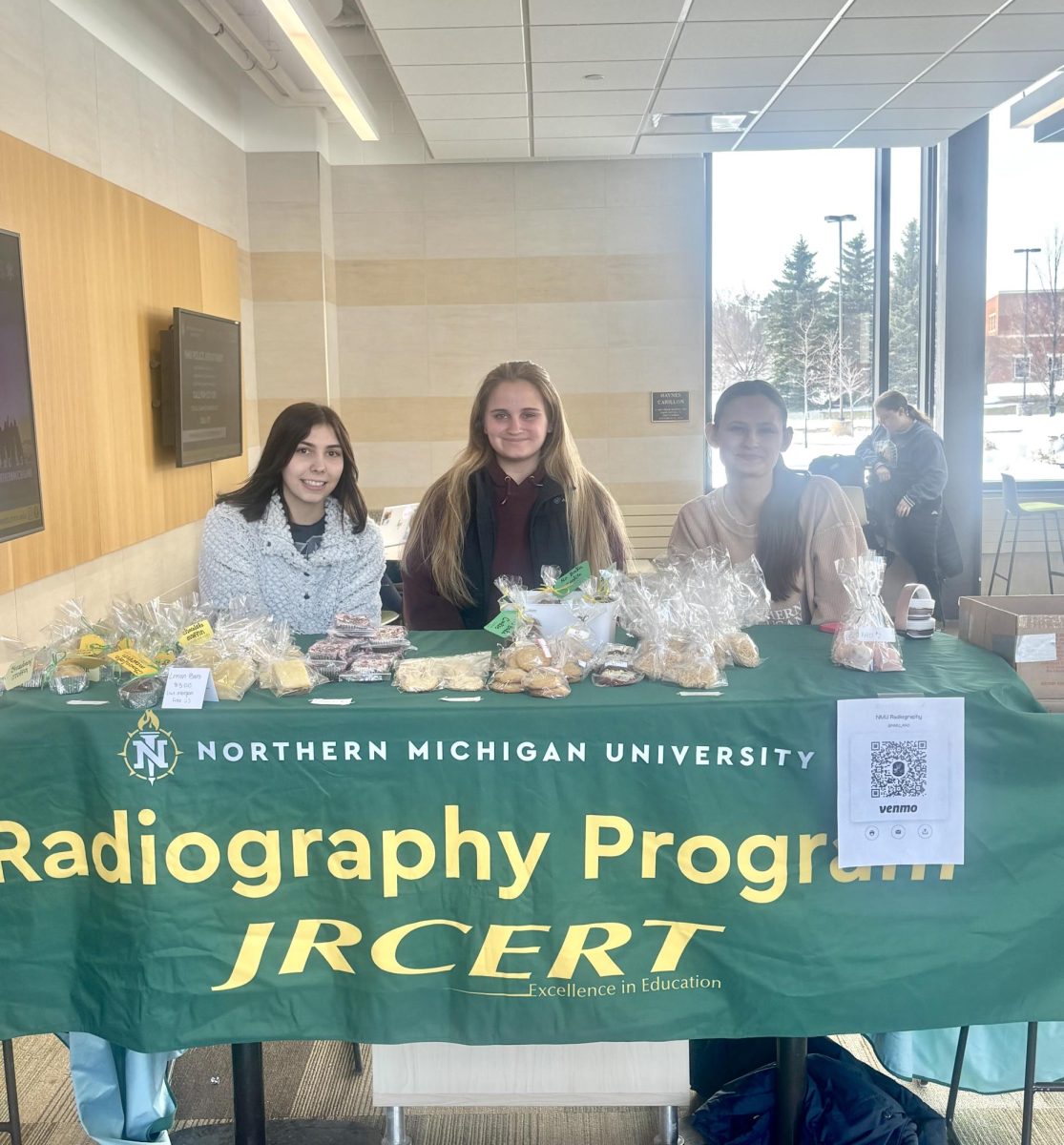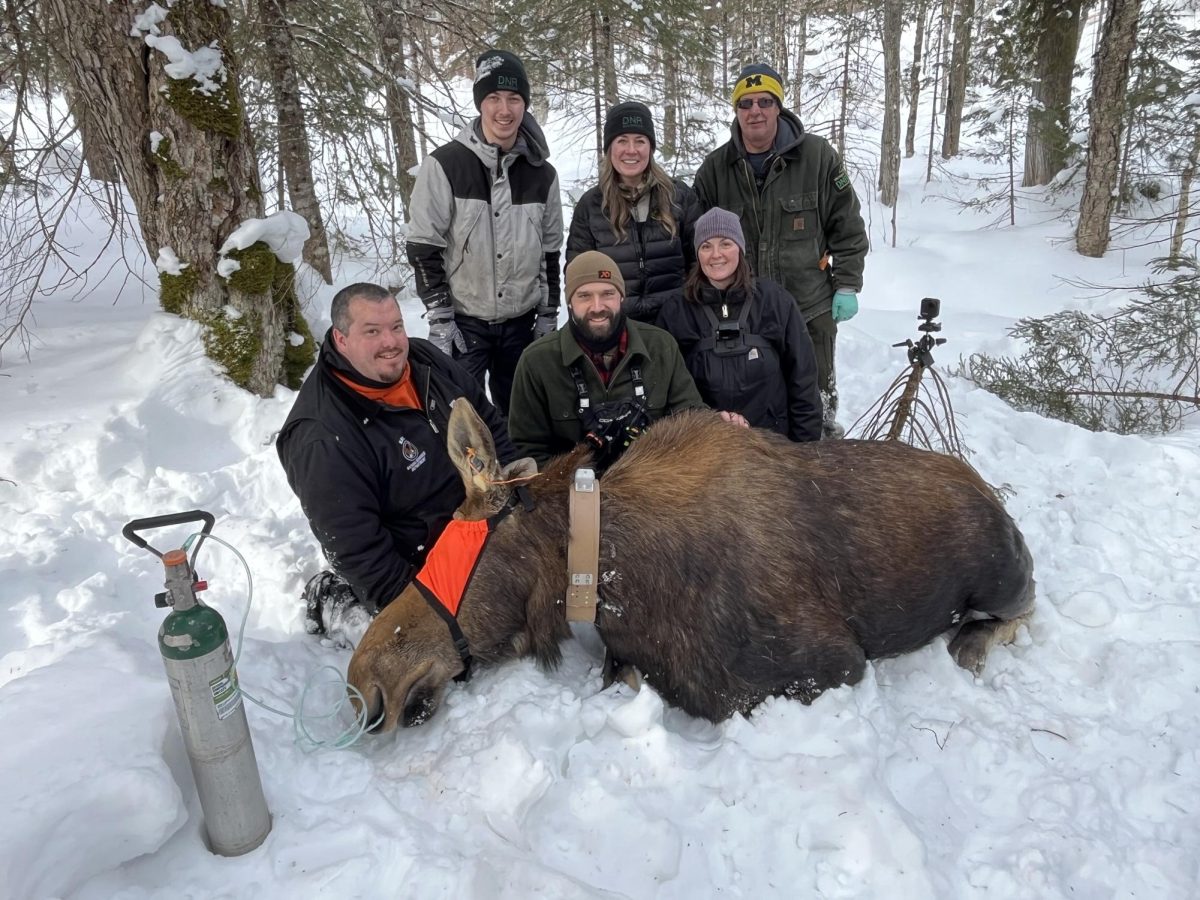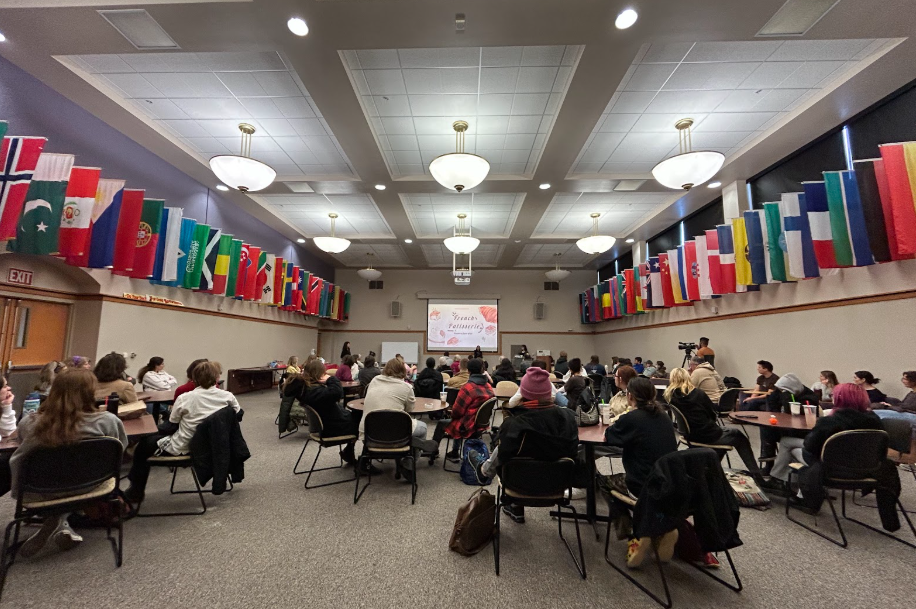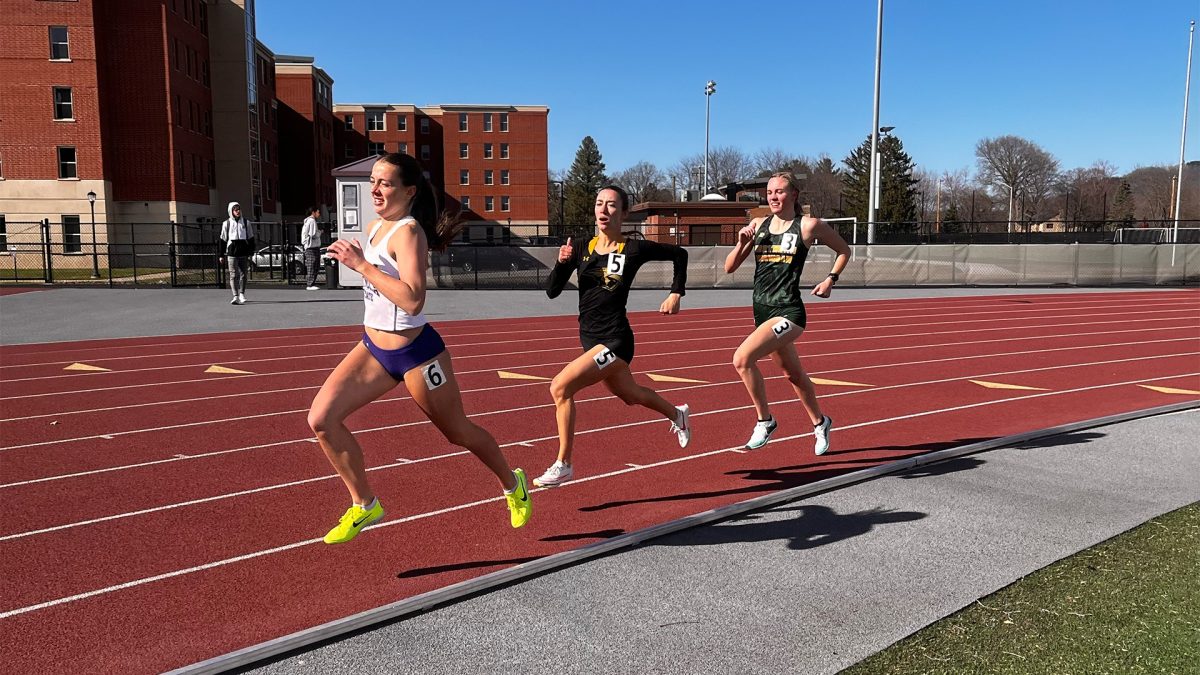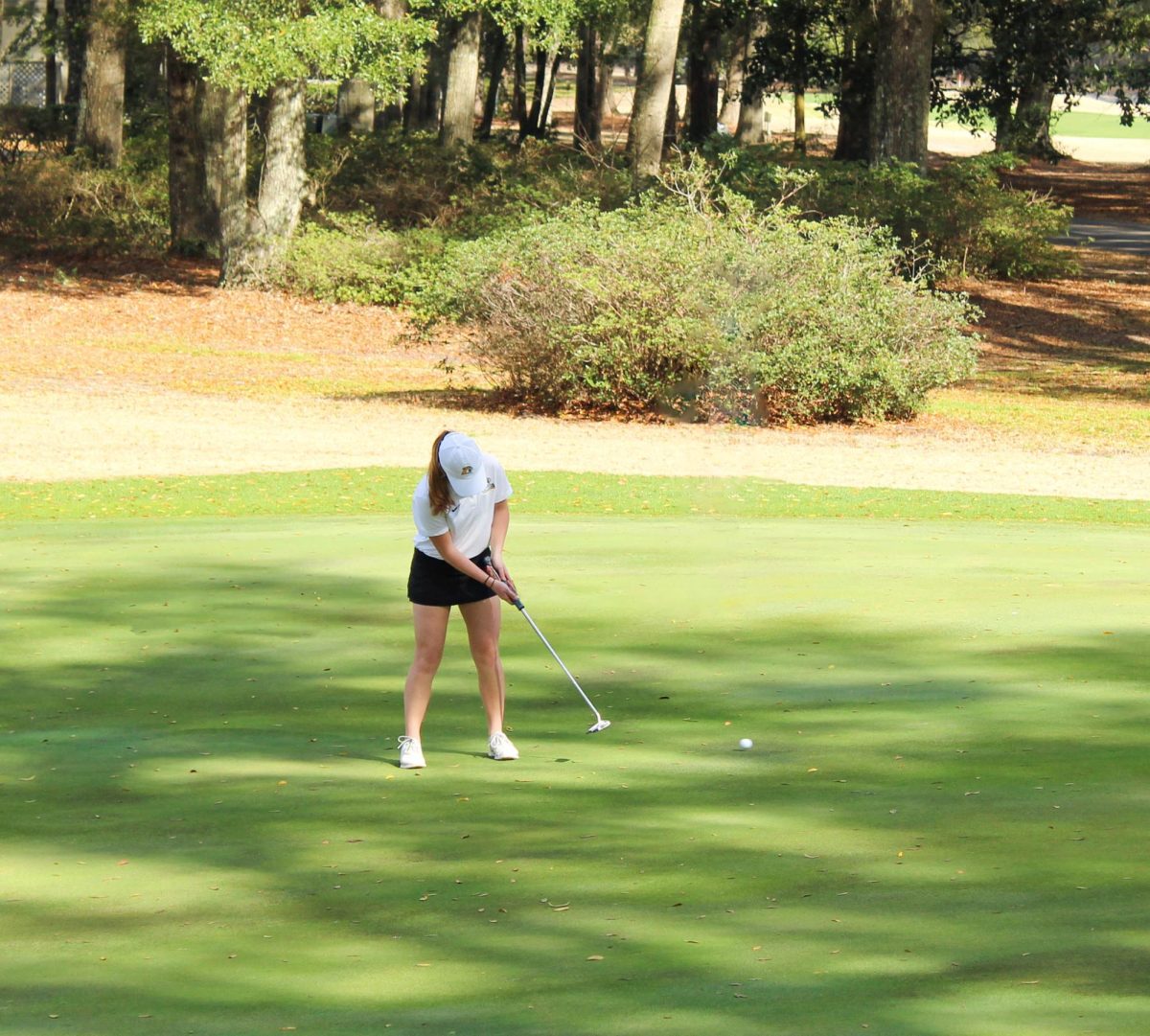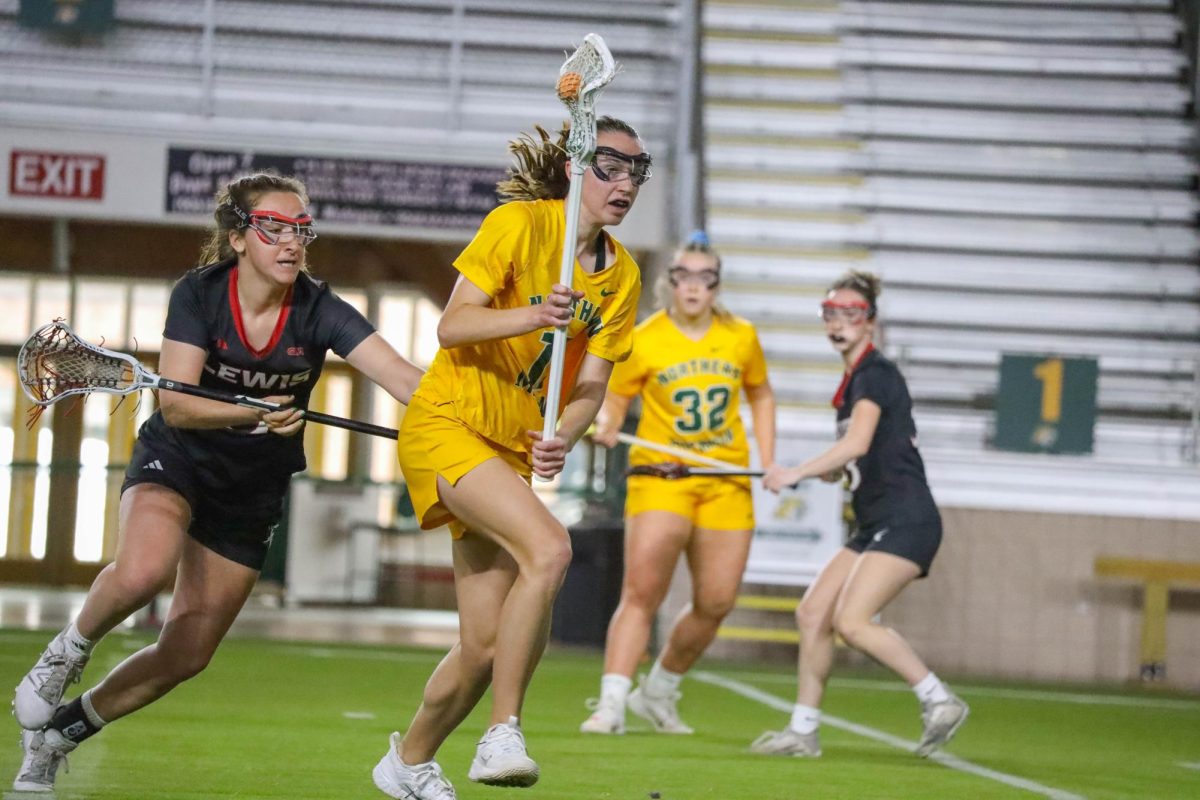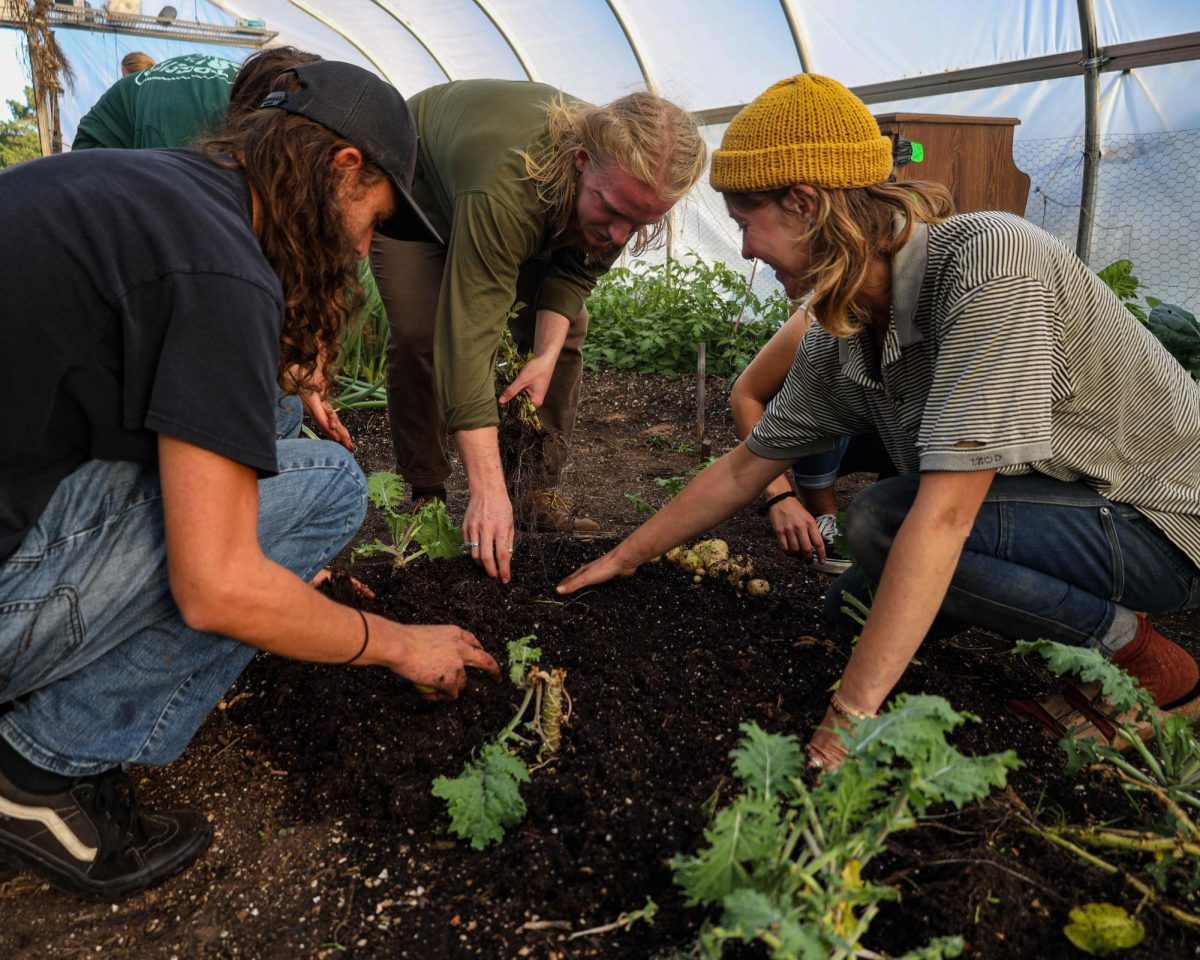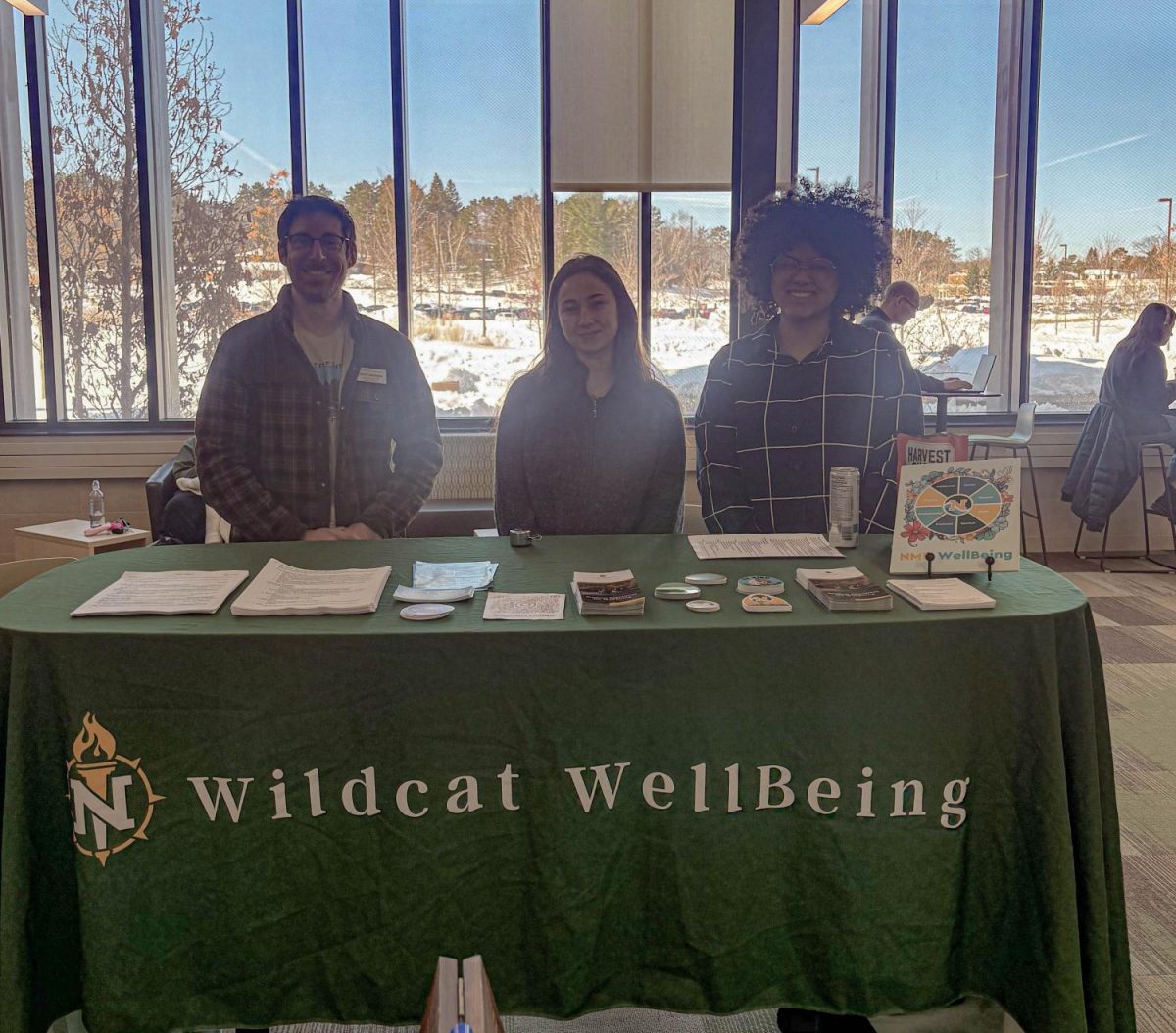It’s 6 p.m. on a Tuesday evening and student responsibilities do not really seem to matter anymore. Music plays from speakers over the heads of students digging their hands into the soil to pull up potatoes and picking tomatoes from vines so intertwined it’s hard to tell how many plants are actually in the plot. The autumn sun casts a glow through the translucent plastic and creates a natural lighting for the weekly hoop house harvest party.
“It’s good stress relief for sure,” said Mary Kelly, co-leader of the hoop house and fourth year environmental science and French student. “After a long day, just coming over here and ripping tomatoes and squishing everything, it’s great.”
The NMU hoop house is located by the Jacobetti center and is a place for students to grow their own veggies and learn about organic gardening. The hoop house itself is a semi-permanent metal structure covered in heavy duty plastic that traps heat from incoming sunlight to create a warmer internal temperature and extend the growing season of the garden. Hoop houses are different from greenhouses, which are made of glass and more permanent structures that provide year-round growing season.
“A hoop house is just metal and plastic, and essentially just lets us grow from June until November,” Kelly said. “It spreads things out a little bit longer, so we get more kale and more winter green type things.”
NMU’s hoop house was first installed in 2009 and was originally run by the Marquette Food Co-op until 2015 when it was turned over to NMU. It was student run for three years within the Earth, Environmental and Geographical Sciences department (EEGS) at NMU, until it became an official student organization in 2018.
One of Kelly’s favorite aspects of the hoop house is the emphasis on community education. Students teach other students about growing their own vegetables, turning compost and preserving fresh food.
“The hoop house is so special to me just because it allows us as students to learn how to grow our own stuff and to take ownership of it and to learn where our food comes from,” Kelly said. “It’s really a valuable thing to have something like the hoop house, an active learning classroom of sorts where [everyone] can come in and learn and bring those skills into their own backyards, and hopefully build a more resilient local food system.”
The hoop house helps students develop gardening skills on a deeper level than growing herbs or smaller plants indoors, according to Jonas Trombetta, co-leader of the hoop house and fourth year botany student.
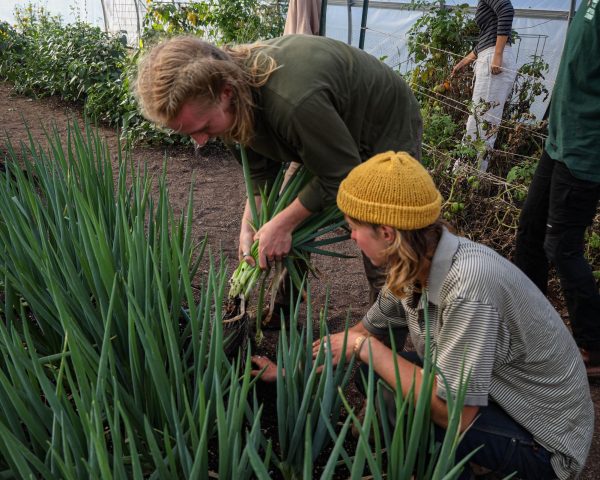
“It’s one thing to grow houseplants that last almost forever, and you water them and give them nutrients and whatever. It’s another thing to tend to a little plant and turn it into a big plant to have a very practical use to feed your community,” Trombetta said. “I love plants and that’s kind of our segue to sustainability. [We are] trying to help people reduce their food miles and also just let them know that plants exist, and they grow your food.”
For Chase Jensen, a fourth year botany major and member of the hoop house student organization, the hoop house has given him an opportunity to learn how to grow his own food and take that knowledge into both his personal and professional life.
“I’ve always really liked gardening and I’ve never really had access to it, so just having that access is really cool. It’s really fulfilling just being able to grow your own food … it always tastes better when you grow it yourself,” Jensen said. “The hoop house has helped me be a lot more familiar with plants and farm plants. After I receive my degree, I’m looking to get into the field of farm sciences. It is a great way to get your foot in the door and get the ball rolling that way.”
The hoop house also has created a space for students to gather and create long lasting connections.
“It is a place for people of similar interests, as clubs are, to gather and get your hands in the dirt,” Trombetta said. “It’s a great place to put either a bunch of work and effort in or just a little bit in … I used to just show up and do some weeding and now I’m a little more invested. It’s just like a little community building education center.”
The hoop house is entirely run by student volunteers who show up to the 6 p.m. weekly meetings in the fall and/or have a watering shift throughout the week. Community members can also volunteer their time or their compostable scraps in the outdoor compost bins. The hoop house is always looking for more food scraps and yard waste to turn into compost that is then used to fertilize the garden beds.
The hoop house currently has eight indoor 5-by-15-foot beds, and a few outdoor plots. They grow produce such as melons, herbs, tomatoes, kale, leeks, squash, cucumbers and zucchini which volunteers are encouraged to take home following hoop house gatherings. The extra produce is donated to the NMU Food Pantry and has previously been sold to NMU Dining to be served at the Northern Lights Dining facility.
Last year, the hoop house produced over 133 pounds of produce and donated 43 pounds of that produce to the NMU Food Pantry. Kelly, a volunteer at the food pantry, hopes to increase that amount this year and provide more fresh, locally grown food options for the NMU community.
“We’ve been improving what we already have and increasing our yields because we’re donating to the NMU Food Pantry again this year,” Kelly said. “One of my goals is to increase that as much as possible, to have more of a stronger direct impact on students and faculty and staff.”
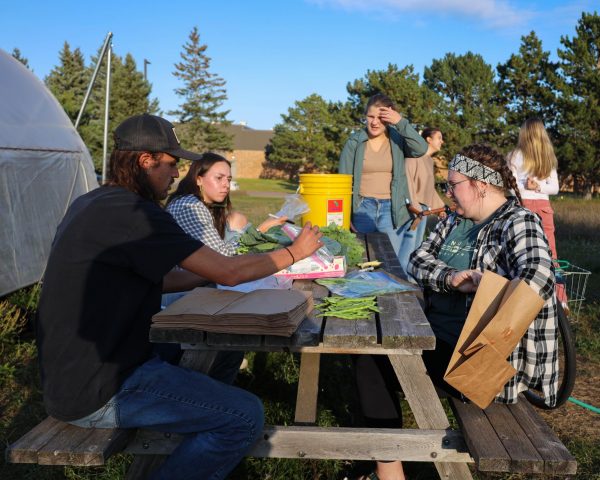
The NMU Food Pantry is located in 101B Gries and is open various hours in the afternoon, four days a week. Kelly said fresh hoop house harvests will likely be brought to the food pantry weekly on Thursdays and are available for anyone to pick up.
The hoop house has consistently harvested more than enough produce to feed all of the volunteers who take home the fruits of their labor, as well as supply the food pantry every week.
“The amount of space that we have is enough that it doesn’t really take that much tending, but if you set it up for success, it grows a lot,” Trombetta said. “We’ve just been consistently harvesting kale since May. So much kale. Literally 50 pounds of kale over the entire time … and three times we’ve harvested over 15 pounds of tomatoes.”
The abundance of food produced by the hoop house has prompted Kelly and Trombetta to host workshops to teach participants about ways to preserve fresh food. They have successfully led workshops on pickling, homemade kimchi and tomato sauce. Everyone is encouraged to take home a finished product with them, along with their new skills.
“We’re here growing all this food, and then part of it is knowing what to do with it,” Trombetta said. “The worst thing would be for someone to take the produce and then not know how to use it and then it goes bad. Hopefully if they took it, they would just bring it right back to the compost so it’s not a complete waste, but they could be eating it.”
Both Kelly and Trombetta emphasize that, while the hoop house is a student-led and student-taught organization, everyone is learning together. It provides a space to connect, grow food, make mistakes and learn new skills with each other.
“It’s a great place because year after year, it’s just people that are learning what they’re doing,” Trombetta said. “I’m sure people who come here might view me as an expert, but I don’t really feel like that. It just comes with experience and it’s a great place to get that.”










